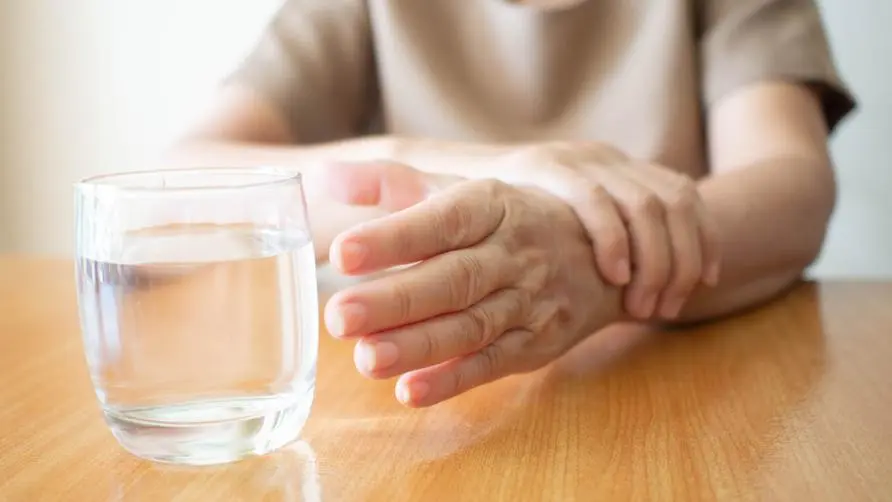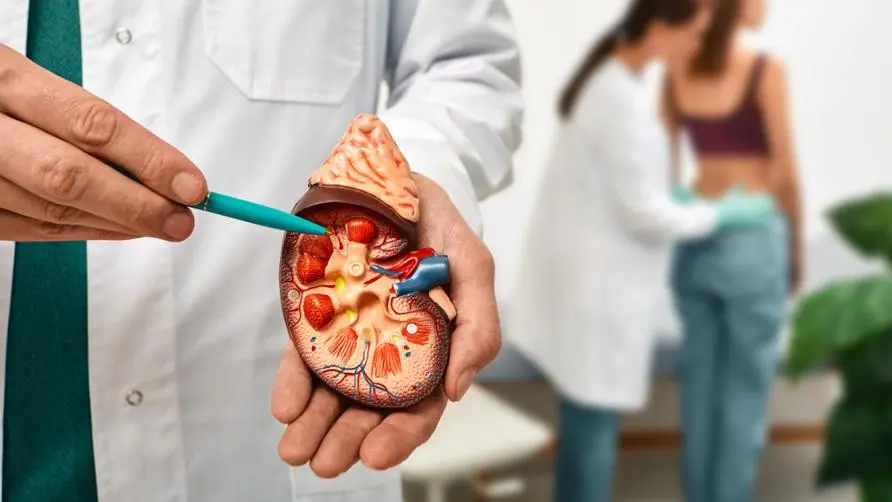Is hand weakness a "short-lived sign"? Study reveals: Insufficient grip strength may accelerate physical aging

The length of life expectancy is actually closely related to the “grip strength” of the hand? The latest research published in the “Journal of Cachexia, Sarcopenia and Muscle” claims that life expectancy can be measured through three major biomarkers by testing the hand grip strength of subjects. Lower grip strength was significantly associated with shorter life expectancy as shown by three biomarkers.
Study: Chronic lack of hand grip strength is associated with rapid rotation of the “biological aging clock”
A team from the University of Michigan Medical School in the United States collected 1,275 subjects from the Health and Retirement Study (HRS) database from 2006 to 2008 and conducted a 10-year close follow-up. Among them, the research team used the “DNA methylation” values of 4,018 subjects as a comparison reference. DNA methylation is regarded as a “biological aging clock” in the academic community, and studies on life expectancy is a crucial indicator.
There are three biological aging indicators based on DNA methylation, namely “PhenoAge”, “GrimAge”, and “DunedinPoAm”, which are respectively related to the following life phenomena:
PhenoAge: Death, cancer, life expectancy, physical function, Alzheimer’s disease.
GrimAge: Risk of death associated with smoking.
DunedinPoAm: Cardiovascular health, metabolism, kidney health, liver health, lung health, oral health, immune system and other indicators.
The analysis results showed that despite differences in gender, subjects’ hand grip strength decreased, and there were positive correlations with the above three markers. Studies have also pointed out that insufficient grip strength, muscle weakness and testosterone deficiency are highly correlated with the risk of various diseases in men of all ages. Cross-sectional population analyzes showed that poor grip strength was more strongly associated with premature aging in men, while longitudinal analyzes showed a stronger association in women.
Study author Mark D. Peterson explained that although studies have found that low grip strength is associated with premature aging and even an increased risk of death, increasing grip strength does not extend lifespan. “Grip strength is only a proxy indicator of muscle strength and is closely related to other strength indicators. Increasing grip strength will not have an impact on lifespan.” Nonetheless, Peterson emphasized that improving muscle strength can still maintain health in old age, and aerobic exercise , weight training and healthy eating are factors that cannot be ignored in extending life expectancy.
Is grip strength an indicator of physical health? Experts reveal the consequences: the risk of high blood pressure and diabetes increases by 30%
According to the above-mentioned research, Peterson said that abnormal diet, lack of exercise, smoking and other lifestyle choices will accelerate the physiological age beyond the actual age. In this study, the research team also found that muscle weakness and sarcopenia are important indicators of shortened life expectancy. “In other words, if you lack exercise and have weak muscles, your body may age faster than expected!”
Peterson pointed out that past research has shown that “low grip strength” is a strong predictor of adverse health events. One study even found that low handgrip strength was a better predictor of cardiovascular events such as myocardial infarction than vasosystolic blood pressure. In addition, according to Peterson’s past research with Peking University in China, an analysis of 4,544 American subjects and 6,030 Chinese subjects showed that every 0.05 decrease in adult standardized grip strength may lead to the following results:
The incidence of diabetes increased from 17% to 49%.
The incidence of hyperglycemia increased from 11% to 46%.
The incidence of hypertriglyceridemia increased from 11% to 15%.
Low HDL status increased from 15% to 22%.
The prevalence of hypertension increased from 10% to 19%.
Disability status increased from 11% to 36%.
Peterson said that in the future, he hopes that grip strength measurement will be more widely used in clinical settings, which will help medical practitioners master the data and make more accurate diagnoses of people’s physical conditions in advance. “This is one of the simpler and more predictive ways to screen and identify people at risk.”
Source:
Is muscle weakness the new smoking?
Weak Grip a Strong Predictor of Metabolic Disease and Disability in Adults
Grip strength is inversely associated with DNA methylation age acceleration
Further reading:





